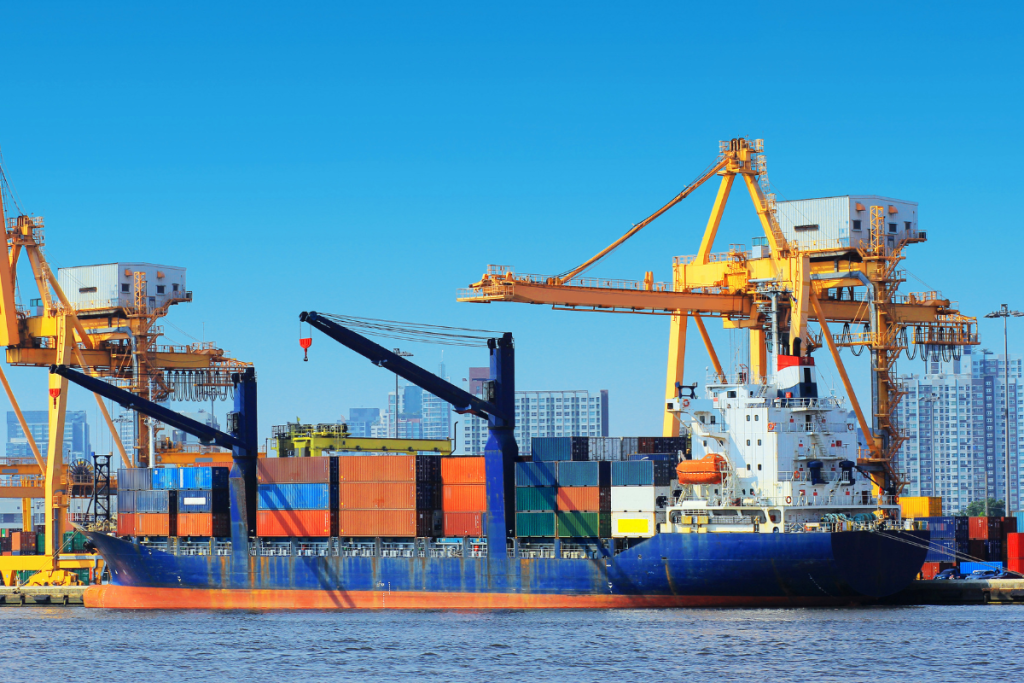Despite years of embedded AI in TMS, WMS, and SCP platforms, a new Uber Freight report reveals widespread unfamiliarity and hesitancy toward AI in freight management, especially among smaller firms. As pressure mounts to cut logistics costs and improve efficiency, bridging this awareness gap could shape the next wave of AI adoption.
AI Adoption Outpaces Awareness
According to Uber Freight’s April 2025 survey of supply chain professionals, only 12% of respondents consider themselves “very familiar” with AI-powered freight solutions. In contrast, 36% said they were either “not familiar” or “skeptical,” signaling a disconnect between AI’s growing presence in back-end platforms and its perceived role in logistics operations.
This is despite the fact that many companies have long benefited from AI features embedded in their transportation management systems (TMS), warehouse management systems (WMS), and supply chain planning tools (SCP), often without recognizing it. The report notes that AI is already doing heavy lifting behind the scenes, whether users acknowledge it or not.
Cost reduction topped the list of reasons to implement AI, cited by 75% of respondents overall and 86% of small companies. In contrast, larger companies leaned more toward operational agility, with 30% prioritizing faster decision-making compared to just 21% of smaller firms. Efficiency gains were also a higher priority for larger firms (65% vs. 57%).
Cost vs. Scale: A Divide in AI Strategy
The survey reveals that small and large logistics players have distinct AI adoption drivers. While smaller firms see AI primarily as a cost-cutting tool, gravitating toward dynamic pricing and rate automation, larger firms are targeting AI for predictive planning and real-time issue resolution.
For example, predictive analytics for freight demand and capacity forecasting was prioritized by 49% of large firms, compared to just 32% of smaller ones. Automated exception management also showed a striking divide (19% for large companies vs. only 4% for small). Similarly, AI-powered chatbots for customer or carrier communication saw higher adoption interest among large firms (40% vs. 25%).
Still, the biggest obstacle to adoption wasn’t cost. While 41% cited implementation expense as a challenge, more respondents pointed to uncertainty about how to demonstrate AI’s business value (64%) and difficulties integrating AI into existing workflows (57%). Proven case studies and better data quality were also seen as critical enablers.
What’s Missing From the AI Logistics Push
One critical factor often overlooked in AI adoption is the role of process ownership. Many logistics organizations attempt to pilot AI tools within IT or analytics teams, but without direct involvement from operations leaders, these efforts frequently stall. In freight environments, where margin pressures and disruption response are deeply operational, aligning AI deployment with those who own the process, not just the data, may prove more decisive than the technology itself.



